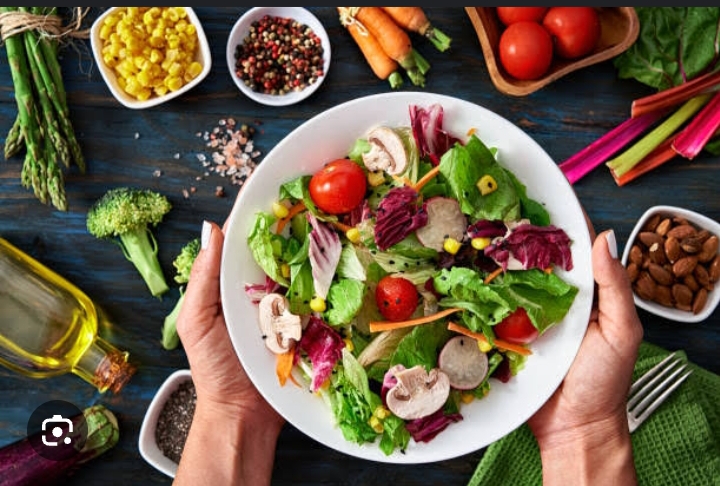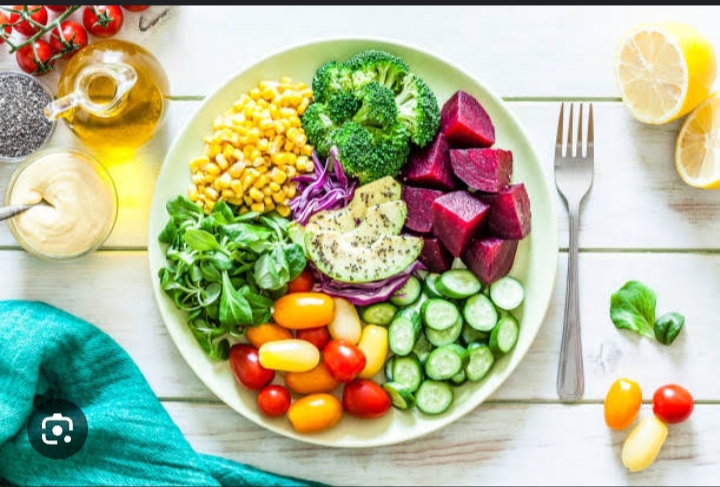Rainbow Diet is a fun and easy way to ensure you’re getting a wide variety of nutrients in your daily meals. A colorful plate can make a meal more visually appealing and stimulating. The variety in colors represents a diversity of nutrients and flavors, which can enhance the human appetite. A beautifully presented plate sparks the senses and turns every bite into a joyful, satisfying experience.
Medical students lose their appetite due to busy schedules and a limited variety of foods. Incorporating a variety of colourful fruits and vegetables helps to solve this.

Interestingly, rainbow diet (colourful plate) helps eating healthy becomes a colorful adventure. It also ensures you’re nourishing your body with a wide array of vitamins and minerals. Imagine your plate as a vibrant canvas, with each color representing a unique blend of nutrients and flavors. The more colorful the more nutritional !
Here are various colors of foods and their associated nutritional benefits:
🔴 Red
Red foods like tomatoes, watermelon, and red peppers are rich in lycopene, which may help reduce the risk of certain cancers and support heart health.
🟠 Orange
Orange foods such as carrots, sweet potatoes, and oranges are packed with beta-carotene, which supports eye health and immune function.
🟡 Yellow
Yellow foods like corn, bananas, and yellow peppers contain lutein, which is beneficial for eye health and may help prevent age-related vision degeneration.
🟢 Green
Green vegetables such as cabbage, spinach, and lettuce are rich in chlorophyll, fibre, and various vitamins and minerals that support overall health and digestion.
🟣 Blue/Purple
Blue and purple foods like blueberries, eggplants, and grapes contain anthocyanins, powerful antioxidants that may help improve memory and reduce the risk of heart disease.
Fun Fact: The most nutritious part of a watermelon is actually the white rind! It contains high levels of citrulline, an amino acid that may help improve exercise performance.

Tips for Rainbow Diet: Colourful Plate
- Aim to include at least one food from each color group in your daily diet.
- Experiment with new fruits and vegetables to keep your meals exciting.
- Try to eat fruits and vegetables raw when possible to maximize nutrient intake.
- Use colorful produce to make your plate visually appealing. We eat with our eyes first!
- Snack colourfully
- Properly wash, store, and prepare your produce to maintain its nutritional value and flavor.
Adopting a rainbow diet, as medical students can be an effective way to enhance overall health and well-being. By incorporating a diverse range of colorful fruits and vegetables into your meals, you ensure essential nutrients, antioxidants, and phytochemicals that support various bodily and mental functions and reduce the risk of chronic diseases.
As you explore the spectrum of colors in your diet, you invest in both your immediate enjoyment and long-term health benefits.
Click here for related contents



Leave a Reply